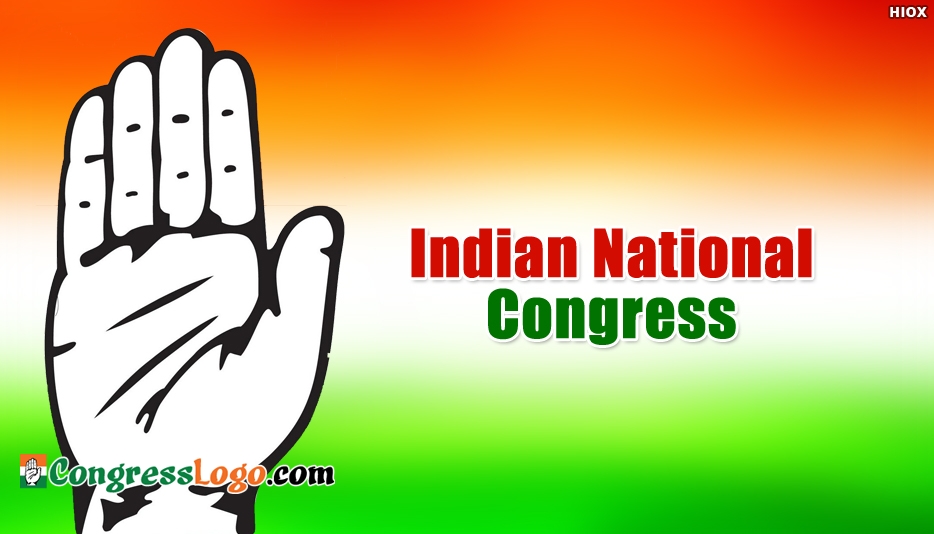
The Indian National Congress (INC) was founded in 1885 by A.O. Hume, a retired British officer. Most of the historians have argued that the foundation was used as a safety valve to allow conflict and debates but within British designated limits .
The nationalist demands in the early years were indianisation of the Civil Services, right of Indians to join semi military volunteer corps, duties on textile imports, reduction of military expenditure, the right of Indian judges to try Europeans in criminal cases. These were the demands that the colonial regime could not concede for it would undermine its hegemony. R Palme Dutt came up with the safety valve theory and said Congress was founded as a safety net by the British to safeguard its empire and allow controlled discontent. Similar was the view point of Lala Lajpat Rai.
Economic crime perpetrated by East India Company
The East India Company was a joint stock company founded in 1600 for exploitation of trade in east and south east Asia. Initially, it was engaged in battles with other Europeans powers in India such as the French, Dutch and the Portuguese. Later on, it started meddling in the wars of successions in Indian courts of different princes of states such as Bengal to gain an economic and political foothold in the sub-continent. The revolt of 1857 was primarily responsible for ending the rule of the EIC and then control passed over to the crown. The EIC engaged heavily in dividing Indians across religious lines to further its administrative foothold and control trade. It used Indian opium to finance its colonization of China which concluded in the first and second opium war.